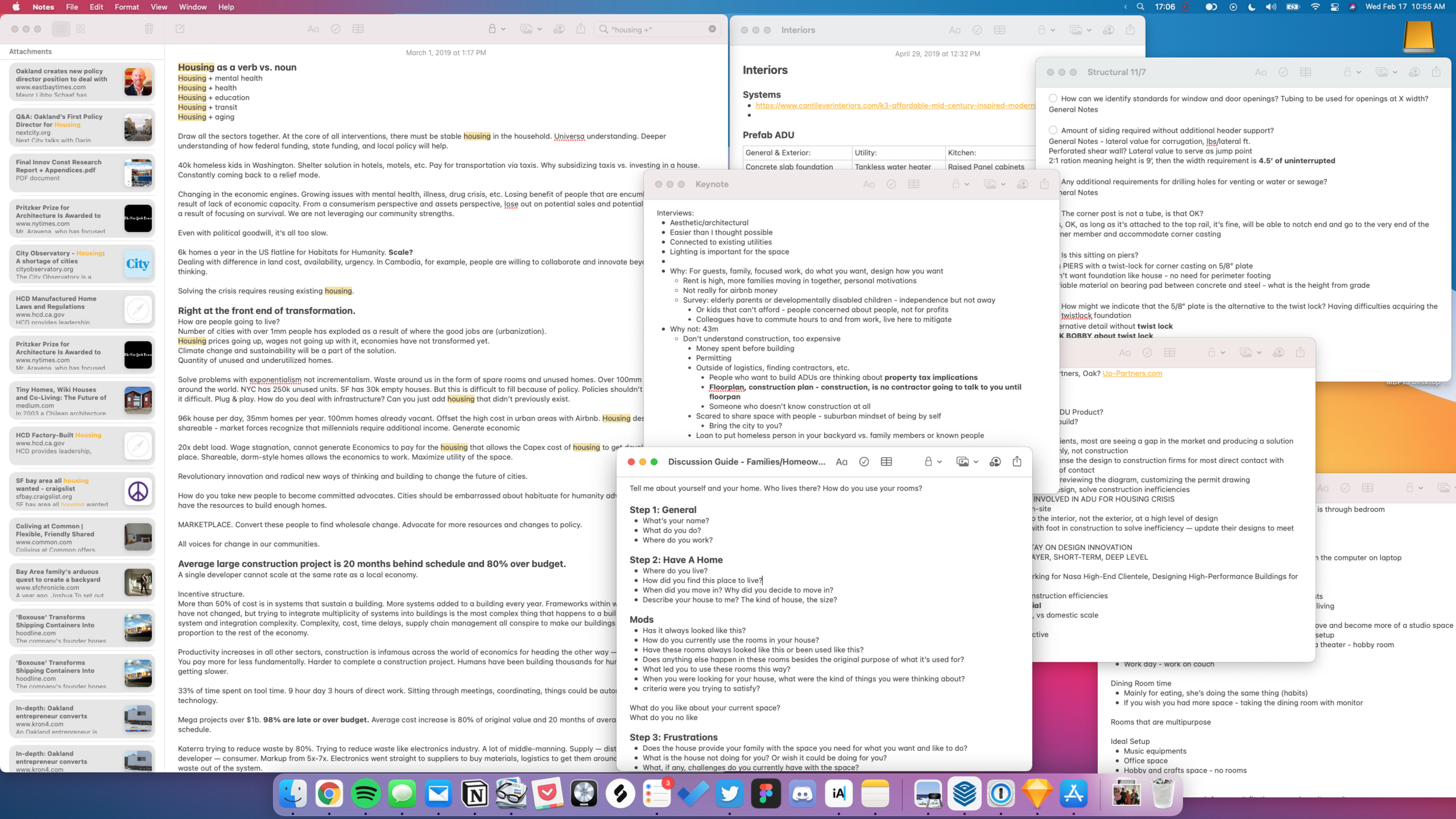Why You Should Take Messy Notes
We’re all researchers. Whether you’re looking up the best type of vacuum cleaner for your home or searching for empirical data to support an academic thesis, we all want to make informed decisions or substantiate assumptions with clear references.
Research is something that I’m personally passionate about. Although I’m admittedly not great at intentionally refining my process, the amount of research and learning I do online has helped me create a rough framework for my process.
How I Do My Research
I go into my research process expecting that it will be messy before it comes together - I also accept the fact that there may not be a conclusive answer or solution to my questions and that it is an evolving process that involves raw data consumption and copious note-taking.
Here are some loose guidelines that I follow:
1. Start with a node, a question you are asking or an assumption you’re testing
All research has to start with an underlying question or questions. I think this helps in 2 ways — by organizing the types of content you go for and also as a mnemonic device to remember when you are casually reading or in a passive research mode.
2. Cast a wide net, ingest a ton of information
Go for broke on this stage. Read academic articles, op-eds, individual contributor blogs, YouTube videos, Twitter. See “follow the white rabbit” below.
3. Take messy notes, but add footnotes
Copious notetaking is the basis for research. While some may make the argument for clean outlines, it’s difficult to keep rapid fire thoughts flowing when you try to organize at the same time. Go for stream of consciousness notetaking and come back later.
4. Go from light indexing to context linking
Indexing meaning backlinking or your preferred method of marking notes with tags so you can connect all similar notes together. See neural networks below.
Some Unique Elements to My Research Technique
Follow the White Rabbit
Don’t be afraid to go down rabbit holes. This is a technique that starts with a broad Google search, Wikipedia search, or Twitter search. From the initial node, go into a reference mining phase where you go through backlinks or reference articles to find supporting evidence or counter-evidence to the claims.
It is important in this stage that you find reputable publications. This does not mean academic every time, but it does mean that there is enough referencing of peer research or evidence in the articles to understand where the basis for the argument or opinion was founded.
Well, it’s not AI, but I like the symbolism of a neural network of ideas that are connected via related concepts or contexts. Some ideas (nodes) have more weight and act as gates to pass through information or resources that are valid or important in supporting or challenging a hypothesis.
Spend some time tagging ideas, backlinking concepts, and distilling concepts down to categories.
How This Process Created Bay Modular
I used this research methodology to create the foundation for Bay Modular’s hypothesis:
Prefab ADUs provide short-term, low-cost construction solutions that become long-term housing shortage solutions
1. Questions
The US has a major homelessness problem, does the history of development projects have anything to do with that?
What are some solutions that can reduce homelessness by creating additional supply, perhaps addressing people falling into homelessness
2. Categories
Housing and homelessness
Cost of housing on government vs cost of homelessness on government
Suburban sprawl and housing density
Climate change and climate solutions from inefficient use of materials
Accessory dwelling units as a housing product
3. Observations
Reliable construction practices and cost savings, development is too slow
Ways to increase construction in urban areas, densely populated cities where young people want to be
New class of homeless population driven out of homes by soaring rent prices
Homeless statistics — do they tell a story of increased rate due to not being able to live where they work, homeless rates by state 2019
First responders and critical workers - teachers, can't afford to live where they work
Townhome-style housing developments in city centers vs. non-city centers
US construction methodologies - levittown contributed to homelessness
US suburban sprawl contribution to social and climate issues
4. Assumptions
Introducing affordable new construction can help bring more housing supply in the long term
New construction can be done in many ways, including stick-built, but it's too slow and people are rarely trusting of this process because it runs over [kpmg/mckinsey reports 2016, 2019, 2019, 2020]



